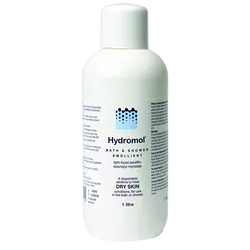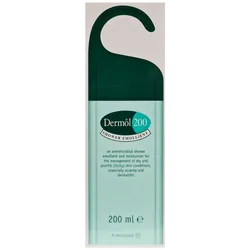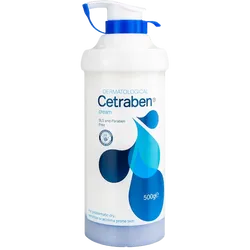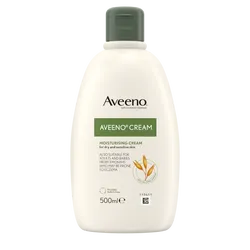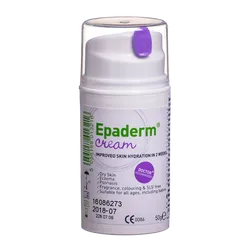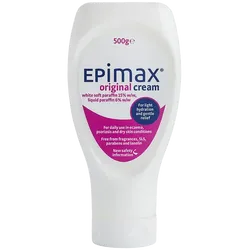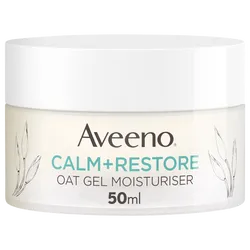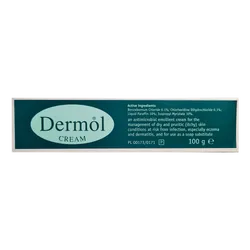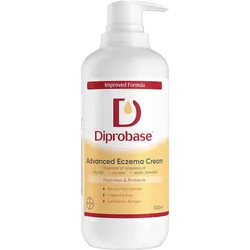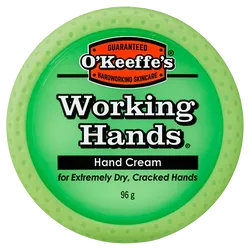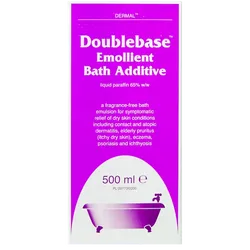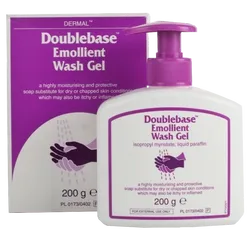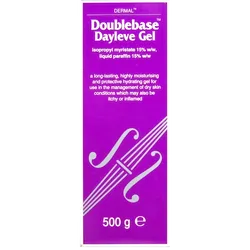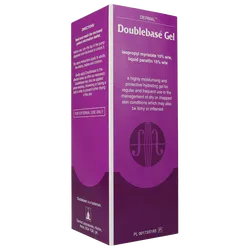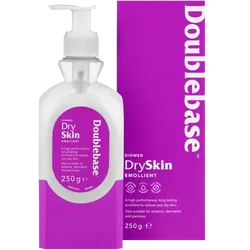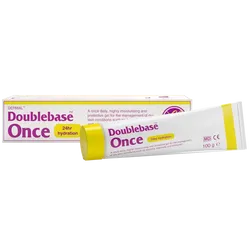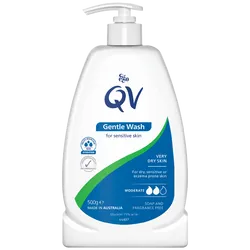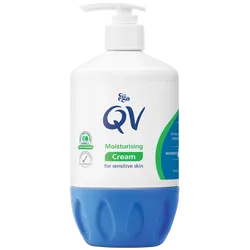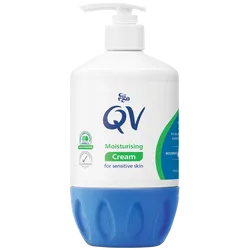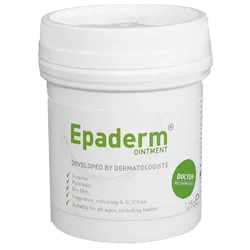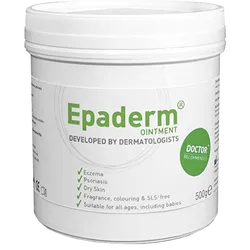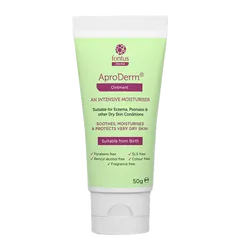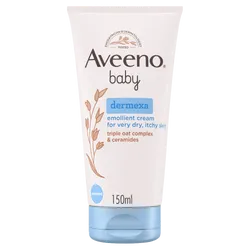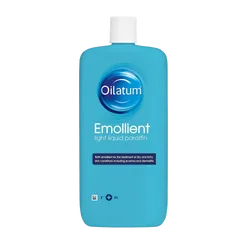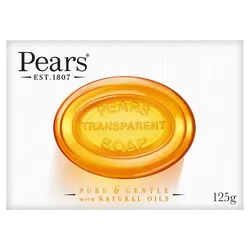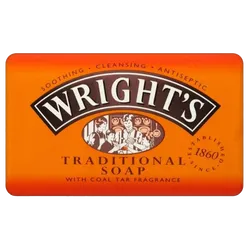With Autumn firmly upon us and the Winter season quickly approaching, looking after your skin is a must. The colder weather can be extremely damaging to skin, leaving it feeling dry and irritated. Our guide on dry skin will cover how to identify dry skin conditions, possible causes and, most importantly, how to look after dry skin.
Symptoms of Dry Skin
Dry skin can present itself in many ways, dependent on the person, cause, and severity of the condition. Although some people may experience somewhat invisible symptoms of dry skin, many will experience irritation, soreness, and itching; this can result in flaky, patchy, scaly and blotchy skin. Irritation may also cause inflammation and redness, whilst the lack of moisture will cause the skin to become dull, with deep lines or cracks. Moisture is responsible for the skin plumpness and brightness! Without this moisture, light will be reflected from the skin differently, leaving it more grey in colour. In addition to all of this, the skin will feel tight and uncomfortable.
What are the Causes of Dry Skin?
So, what are the causes of dry skin? There are multiple reasons that skin can become dry; some people may simply have a predisposition to suffering with dry skin and dermatitis, whilst others may only experience it for a brief time due to other factors. Just as genetics can play a role, so can age. As people age, the skin becomes less effective at holding onto moisture meaning extra care and attention is needed. Unfortunately, these causes are natural and cannot be addressed directly however, the symptoms can be managed.
On the other hand, there are many other causes that you may not even be aware of. One of the main causes of dry skin is surprisingly water. The skin has 3 layers, the hypodermis (deepest layer), the dermis (you’ll find hair follicles, collagen, oil and sweat glands here), and the epidermis (the skins outer layer containing lipids, providing the skin with moisture and hydration). If lipids are removed from the skin, the skin becomes dry, as water is more easily evaporated from the skin. Water removes these lipids and oils from the skin. The hotter the water the more quickly they are removed!
In addition to hot water, the use of soap on the skin can cause dryness. In the same way that water removes oils and lipids, due to its emulsifying nature, soap does the same thing. When paired with a sponge or flannel, this is worsened. Another reason for the development of dermatitis may also be the dryness of the air itself. Air tends to be dryer in colder months, but is also dried out by appliances such as heating and air conditioning. With many people spending large portions of time in offices (where air conditioning is commonly found) a certain amount of skin damage is inevitable.
Smoking can also massively damage the skin, restricting blood flow and oxygen levels resulting in premature ageing, dullness and irritation. Discover how quitting smoking can benefit your health and lifestyle with our Stoptober 2019 article.
The final potential cause of dry skin is an underlying medical condition. Whilst certain medications for other illnesses can cause drying of the skin as a side effect, there are medical conditions of which dry skin is a symptom itself. These are conditions such as Eczema or Psoriasis. Eczema occurs when a potential allergen comes into contact with the body causing the immune system to go into overdrive trying to defend the body. When this process goes too far the result is dry and painful skin with deep cracks, flaking, itching, and even bleeding in some cases. The symptoms of Psoriasis are very similar, however sufferers may also experience white scales as well as painful and swollen joints. Psoriasis is an autoimmune condition that causes the skin production process to speed up, resulting in symptoms similar to those mentioned above.
How to manage your Dry Skin?
Now you know what the symptoms and causes of dry skin are, you probably want to know how to combat it. Our Eczema, Psoriasis & Dermatitis range has everything you need to beat dry skin this winter!
Moisturisers: Creams, Lotions and Gels
When it comes to dry skin, moisturising is key! Moisturisers come in many different forms, from creams and lotions to gels. The most suitable option for your skin tends to come down to personal preference. For example, thicker or greasier creams may not be ideal for during the day, or for use on the face if you want to apply makeup. The main difference between the products comes from the oil content/oil soluble substances and thickness of the product. Creams, for instance, usually have between 15-40% oil content, and are thicker in consistency. A lotion will have an oil content between 5-25% and have a slightly thinner consistency to aid with absorption and application. Finally, gels usually have an oil content of under 5%; they tend to be water based structures and have a thick liquid consistency.
An example of a cream for dry skin would be the Cetraben Cream. Available in a range of sizes, including a handy pump dispenser. Cetraben cream is an emollient cream which protects and moisturises to provide relief for dry, red, inflamed, or chapped skin, particularly for conditions related to eczema. It helps to replenish lost oils and lock in skin moisture.
Another well liked choice for managing dry skin symptoms is the Aveeno moisturising cream. Formulated with naturally active colloidal oatmeal, it works to moisturise dry and sensitive skin, helping to prevent dryness and irritation caused by skin dehydration.
For those who prefer lotion consistencies, Dermol 500 is a popular choice. Also helping to relieve the symptoms of dermatitis and eczema by reducing scaling and returning moisture to the skin. The Dermol 500 lotion also boasts antiseptic properties, helping to reduce risk of further infection to irritated skin.
As mentioned earlier, gel based products are often thought to be easier to apply and absorbed more readily by the skin. Doublebase Gel is an example of a moisturising gel which helps to restore the skin, trapping moisture in so that skin is able to recover. By helping to relieve symptoms such as itching, this gel helps to prevent further damage to the skin, breaking the itch-scratch cycle.
There are also other options such as ointments and balms. The MooGoo Irritable Skin Balm is formulated with oils rather than water, so is suitable for very dry skin areas. Ointments have a higher oil content than that of a cream, so are more suitable for topical application to affected areas, rather than larger areas.
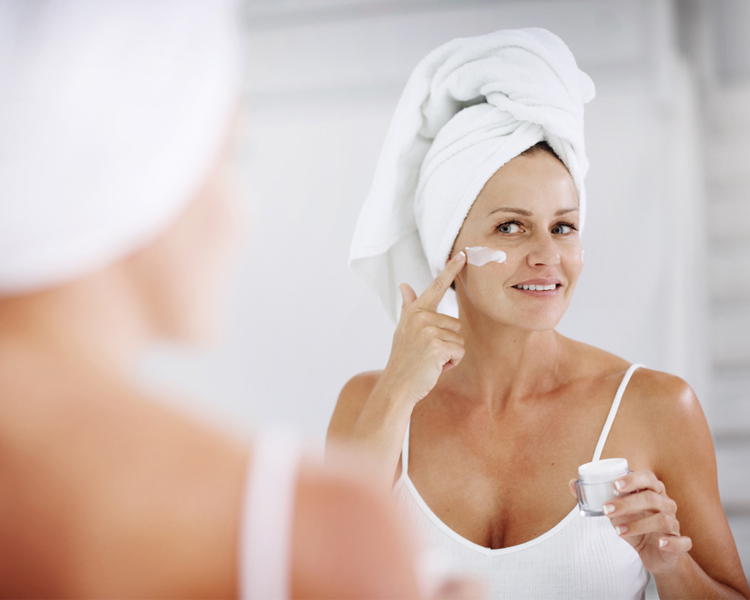
Body Wash, Shower Gels and Bath Emollients
Using standard body washes and shower gels can cause the skin to dry out, due to many of the chemicals used in formulation. Products such as Dermol 200, Oilatum Shower Gel and Hydromol Emollient Bath Additive contain ingredients that are kind to skin and work to prevent further skin damage due to water.
The Dermol 200 shower emollient can be used as a substitute for soap, or applied to affected areas after showering. The oil content of the products helps with locking in moisture. Oilatum shower gel uses the same active ingredient as the Dermol 200 in order to treat symptoms of dry skin. The use of liquid paraffin in both products soothes, moisturises, and conditions the skin.
Bathing can be potentially more damaging than showering, due to prolonged submersion in hot water. Adding a bath emollient or additive to the water can help to prevent the damage caused by bathing. They contain combinations of oils that are deposited onto the skin during bathing, helping to replace lost moisture, reduce itching and irritation, helping the skin to recover.

Itchy Scalp
The scalp is an area often forgotten when addressing dry skin, however, the scalp exhibits the same symptoms as other areas when dry. When the scalp becomes dry and begins to flake, this is known as dandruff. Whilst adding emollients to the bath, or using many of the products mentioned above, will work on the scalp skin (as well as the rest of the body) there are products specifically designed for the scalp.
The Alphosyl 2 in 1 Medicated Shampoo contains coal tar, giving it anti-inflammatory and antiseptic properties. This helps to relieve itching, allowing the scalp the ability to heal so that flaking is no longer an issue. Furthermore, we stock a wide range of dandruff treatments and shampoos that work to add moisture to the scalp thus eliminating the symptoms of dry scalp skin.

Further Ways to Take Care of Dry Skin
There are a wide range of products available to help combat and alleviate the symptoms of dry and irritated skin however, there are also small changes that can be made to your lifestyle to reduce the risk of developing dermatitis related conditions.
Whilst in rooms where air conditioning or heating is often used, the air can be very dry. It is a good idea to use a humidifier in order to add moisture to the air and prevent skin drying out.
When using certain chemicals i.e. carrying out household chores, you should wear gloves and avoid all contact with skin if possible. These chemicals can be extremely drying to the skin, causing irritation.
You should also pay attention to the formulation of any products coming into contact with your skin. For example, using a hypoallergenic washing powder and wearing clothes made of natural materials such as cotton, will be much kinder to the skin.
Try eating foods rich in Omega 3. Omega 3 is responsible for maintaining healthy membranes around our skin cells, increasing the skin's ability to absorb and retain water.
Most importantly, look after your skin at all times, especially when damage has already occurred. Moisturising the skin is key, and is best applied whilst the skin is still wet, helping to lock in as much moisture as possible.
For further advice, please visit one of our branches to speak to a pharmacist about your needs and requirements.
-
Hydromol Emollient Bath Additive 1ltr £15.15 save £1.86
-
Dermol 500 Lotion 500ml £8.18 save £3.56
-
Dermol 200 Shower Emollient 200ml £4.68 save £2.09
-
Doublebase Gel 500g (Pump Dispenser) - Moisturising £7.98 save £4.01
-
Cetraben Cream Pump Dispenser 500g £8.25 -
Oilatum Shower Gel Fragrance Free 150g £8.59 save £3.40
-
Aveeno Moisturising Cream 500ml £8.48 save £5.98
-
MooGoo Sensitive Skin Balm 120g £10.99 save £2.91

